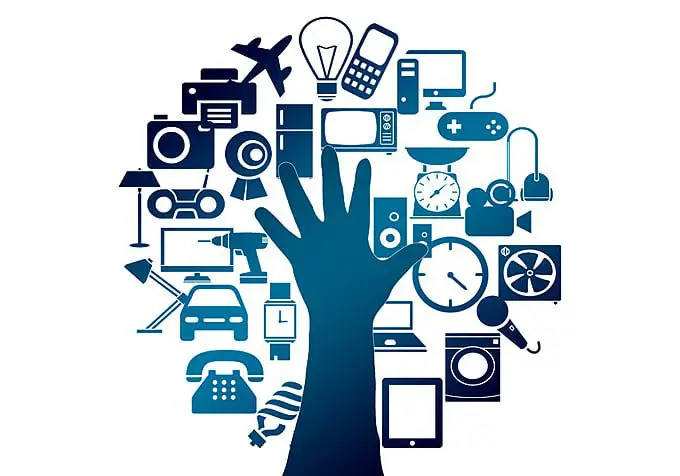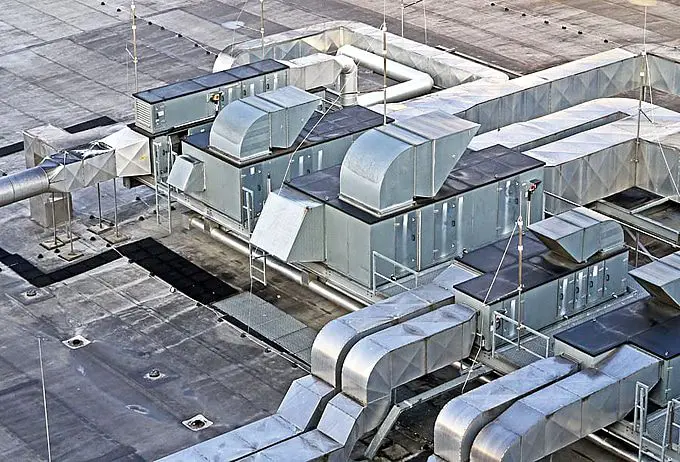words Al Woods
If you haven’t heard of the IoT or Internet of Things, you’ve probably already used it without realising. The most exciting part about new technologies associated with the Internet is that they’re becoming more and more integrated in our daily lives, improving the efficiency and outcomes of traditional systems and habits.
So, what’s all the fuss about? In this guide we’ll cover three of the most impressive – and perhaps surprising – examples of how IoT is improving our lives, from a larger consumer scale to a personal routine.

Healthcare
IoT already benefits many aspects of healthcare, from patient experience to resources available to physicians and surgeons. For the individual, connective personal monitoring equipment including bands and watches like Fitbit capable of measuring our blood pressure, heart rate and other vital signs pave the way for IoT in the fitness market.
On an industrial scale, medical equipment including defibrillators, wheelchairs and oxygen pumps fitted with sensors can all be tracked and translated in real time. As technology advances, maintaining the spread of infectious disease could be enhanced by IoT-enabled hygiene monitoring devices.
Air quality
IoT is changing the way we approach sustainability: if used effectively, it helps companies to understand their own environmental impact and to embrace new energy-saving solutions. With the costs of health impacts of air pollution likely to exceed estimates of £8-20 billion, data collection from IoT devices could start to cut the consequences.
Air quality sensors allow individuals and companies to quickly spot and address pollution. On a larger scale, this consists of ergonomic urban planning and changing transport routes. At home, smaller IoT-based air-quality sensors can be built and operated using microcontrollers like Arduino, making it even more possible for individuals to protect their health.

Food wastage
Food waste plays a huge role in emissions and climate change, so most of the pressure is on big corporations to cut down their waste. However, using IoT in agriculture could reduce loss.
With real-time data tracking, IoT-powered sensors can measure the properties of growing produce, giving farmers pointers to adjust conditions as necessary. Connecting every part of the supply chain means that only the necessary crop will be produced and shipped out, without surplus to waste.
IoT already carries a profound environmental impact. With increasing innovation in the industry, it will be exciting to see what the future holds concerning IoT and more potentially positive outcomes for our world.




